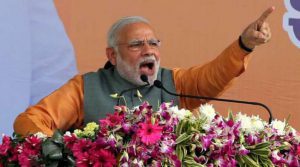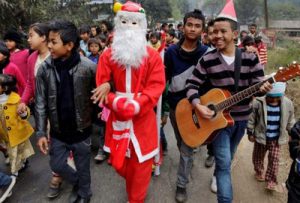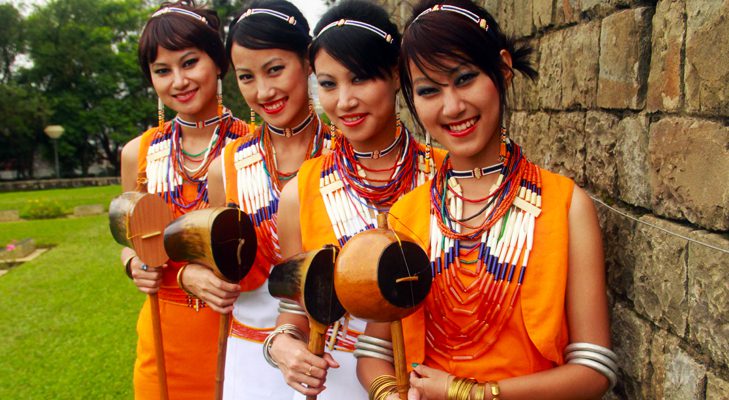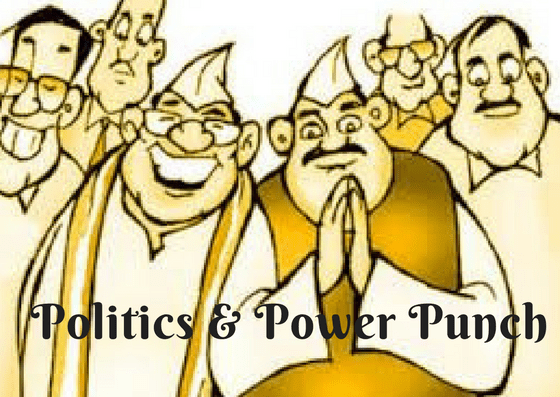Reading Time: 4 minutes
Navodita, our Associate Editor, takes a close look at Nagaland and Meghalaya that goes to poll on Tuesday (Feb 27), in the weekly column. A Different Truths exclusive.
As both the states go to polls on February 27, campaigns are in full swing by leaders of both the parties. Different parties adopting different tactics in the state to win over the electorate – chief minister Mukul Sangma launching the Meghalaya State League football matches to nurture sporting talent around the state. However, in Meghalaya, there is a resurgence of regional parties like NPP (National People’s Party), led by Conrad Sangma, which poses a major threat to the Congress government led by Mukul Sangma.
While in Nagaland, PM Modi has been addressing rallies of whom the most important one was in Tuensang, which is also the headquarters of the district by the same name. It is the centre of the Eastern 

However, Nagaland’s issues go deeper than that. In the classical view of modernisation theory and Marxism, modernisation is an inevitable, unidirectional and evolutionary process in which social institutions of higher complexity and productivity replace historically older and inferior forms. The ideology of the developmental state became central to the Nehruvian vision for the modernisation of India and informed the sociology of rural India as well. Andreas Kuchle, a Germany-based researcher travelled to a village in Nagaland and found that ‘tribals’ in Nagaland are seen as ‘the other’ of the modern and as an object to be modernised. They never emerge as actors that are capable of shaping their own vision of what development could mean to them. The study indicates that there are complexities involved in the process of the modernization of Naga villages against the background of dominant discourses regarding the ‘development’ and ‘protection’ of tribal groups. According to the researcher, both discourses are based on a simplified understanding of tribal societies and the changes they went through since colonial times. He believes that the simplified accounts of tribal ‘equality’ are misleading and aims to reconstruct the main social structures taking the example of precolonial Ao Naga villages. Some changes in Naga villages are especially pertinent in symbolic classifications, where those living in the villages perceive themselves in terms of the modern milieus, and with strong experiences of a disadvantaged position in the larger state set-up. Modernisation of villages, thus, not only had different effects for each class, but these effects similarly differed in the realms of economic structure, cultural milieus, and symbolic classifications and the efforts to leave the village or not. Economically, Nagaland is almost completely dependent on funding from the central government. Economic dependence on the centre is clearly reflected in the occupational structure: in 2011, almost 9.4% of the working population in Nagaland were directly employed by the government against 3.1% in India overall. Though 60% of the state’s working population is engaged in agriculture, the sector contributes only 33% of the state GDP. Hence ‘development’ of the state is 

In Meghalaya, the big question is – can the BJP achieve a Congress-mukt Meghalaya? The BJP is trying its best to align with the Christian majority in the state. Its leaders have been stating that religion is not what they are going to contest an election on and that their party is not ‘communal’. They say the BJP wants to meet representatives from various segments of society, in order to exchange views and ideas with them and allay their fears. As such religious leaders of various denominations have met BJP leaders and attended meetings organized by them. Moreover, former Union Minister of Tourism K. J. Alphons, a Christian by faith, has been given additional responsibility as the BJP in-charge of Meghalaya. Meghalaya has a total of 18, 30, 104 voters and the message is clear that it is time for a change in government. An alliance with the NPP, UDP, and Hill State People’s Democratic Party after the election results will be crucial for the BJP to form the next government. The BJP may be on the lookout for this crucial post-poll alliance with regional parties as that will be mutually advantageous.
Clearly, the BJP is trying to reach out to its voters and create a ‘new’ image of being all-inclusive where the main aim is to be a ‘development-oriented’ party instead of just harping on the same old ‘Hindutva’.
©Navodita Pande
Photos from the Internet
#Meghalaya #BJP #Congress #Election #Nagaland #HillStatePeoplesDemocraticParty #PostPoll #IndianPolitics #PoliticsAndPowerPunch #DifferentTruths















